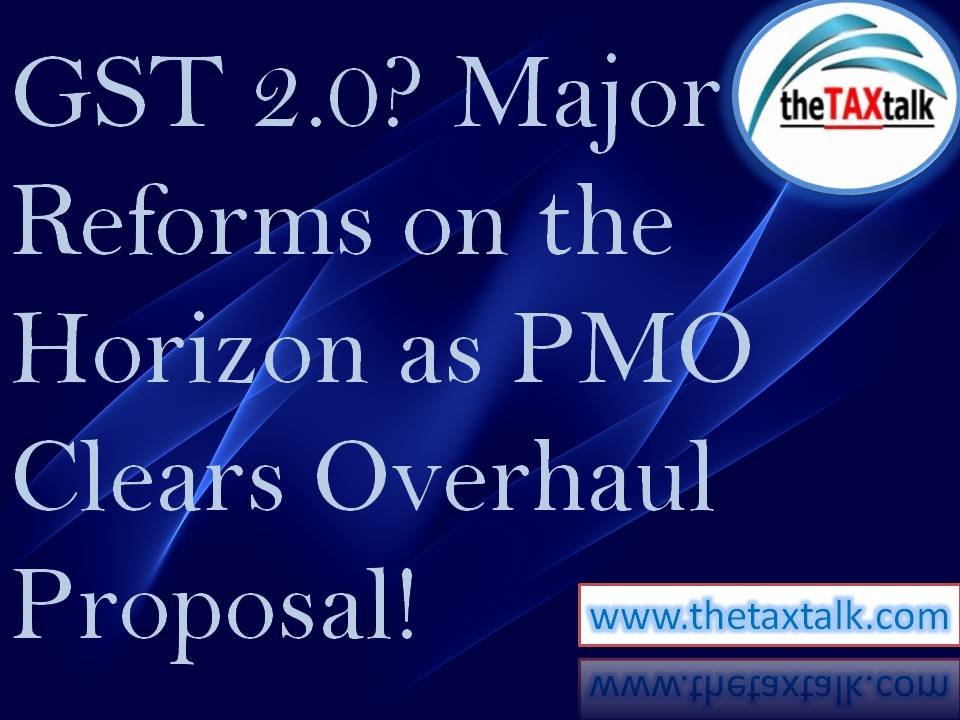![]()
GST 2.0? Major Reforms on the Horizon as PMO Clears Overhaul Proposal!
In a move that could reshape the indirect tax landscape in India, the Prime Minister’s Office (PMO) has given the green light for a comprehensive overhaul of the Goods and Services Tax (GST) regime. If executed, this would mark the first major structural reform in GST since its launch on July 1, 2017 — exactly 8 years ago.
What’s on the Reform Radar?
According to credible sources, the Finance Ministry is now gearing up for consultations with states to develop a broad consensus on two critical fronts:
Rationalization of GST Slabs
India’s current GST structure comprises multiple tax slabs (0%, 5%, 12%, 18%, and 28%), leading to confusion, classification disputes, and litigation. The upcoming reform aims to:
- Merge or reduce the number of tax slabs
- Create a more logical and uniform rate structure
- Address revenue-neutrality while easing business compliance
A slab merger — for instance, combining the 12% and 18% brackets — has long been on the table, and this overhaul might finally see it through.
Simplification of GST Procedures
Businesses and tax professionals often complain about the complexity of compliance, despite GST’s original intent of simplification. The proposed changes may include:
- Streamlined return filing mechanisms
- Reduction in reconciliations between GSTR-1, GSTR-3B, and GSTR-9
- Enhanced use of technology and AI for fraud detection, allowing honest taxpayers to breathe easy
- Possible introduction of a single monthly return for small and medium enterprises
What’s Next?
A formal proposal is likely to be tabled in the next GST Council Meeting, scheduled for August 2025. This meeting will be crucial, as reforms of this magnitude require consensus across all states and union territories — a federal coordination hallmark of the GST Council.
Why This Reform Matters
This reform comes at a time when GST collections are strong, compliance is stabilizing, and technology has matured. Here’s what it could mean:
For Businesses:
- Reduced compliance burden
- Greater predictability in pricing
- Fewer classification disputes
For Tax Professionals:
- New advisory and restructuring opportunities
- Better clarity in tax interpretation
- Upgraded compliance software needs
For the Economy:
- Improved Ease of Doing Business ranking
- Boost to the formal sector
- Potential push to consumption and growth
Expert Take
While detailed proposals are yet to be disclosed, the mere approval from the PMO signals strong political will to make GST more efficient and business-friendly. This could be the much-awaited GST 2.0 moment, setting the tone for the next phase of India’s tax evolution.
Final Word
As the nation gears up for this potentially transformative change, business owners, tax practitioners, and software providers must stay alert. August’s GST Council meeting could set in motion the next big leap in India’s indirect tax system.


